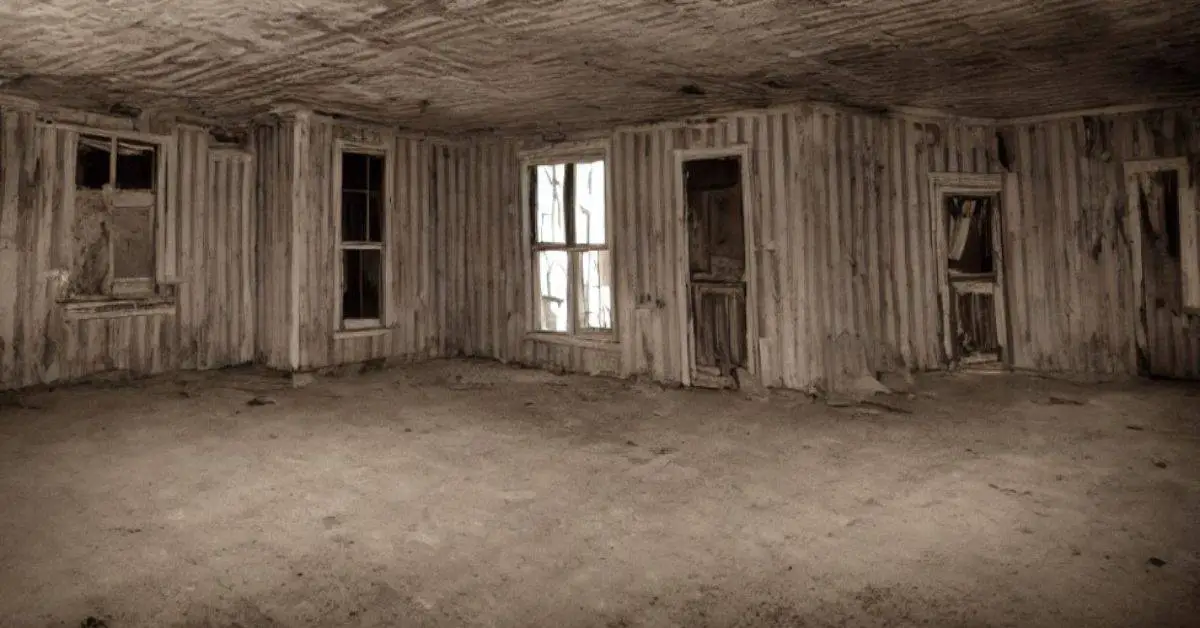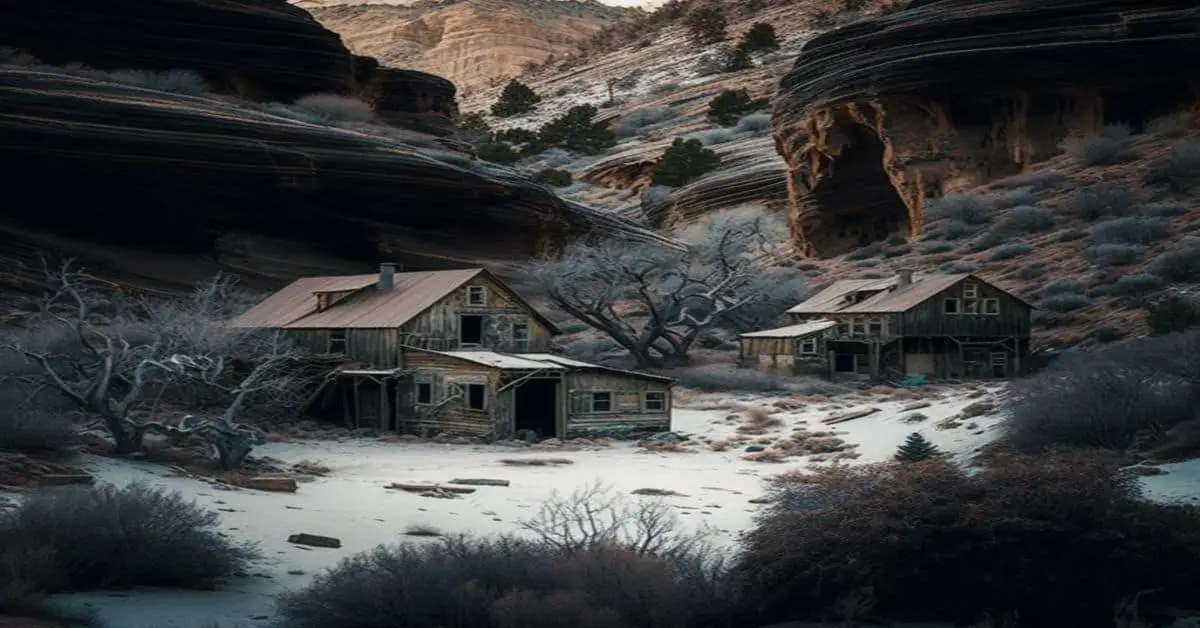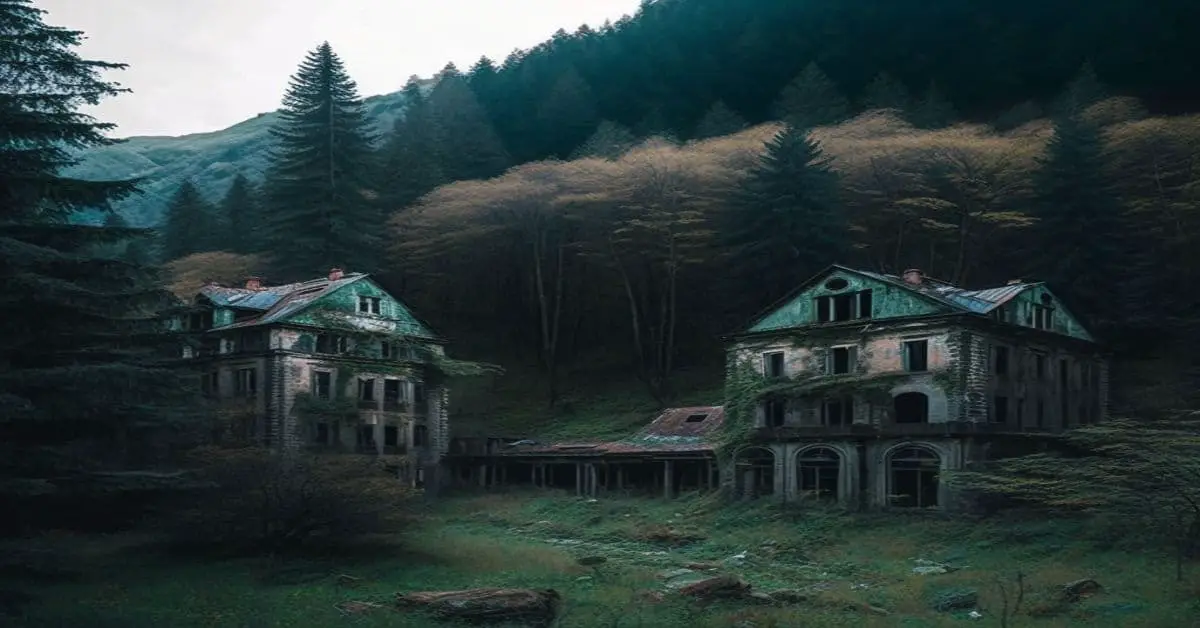Located in northern California, Amador City is a semi-ghost town with a rich history dating back to 1848. Its beginnings were closely tied to quartz mining, with many significant sites such as the Ministers Claim and Keystone Mine producing millions of dollars. Despite the placers not being as rich as those in nearby Sutter Creek, there are still legends of hidden gold in the earth around Amador City.
The town boasts many old buildings, including the Keystone Mine headquarters and the Amador Hotel, and is located near the town of Volcano with its amphitheater. Over the years, Amador City has maintained its enduring charm and historic buildings, despite the mining industry’s decline.
This article delves into the fascinating history of Amador City, from its early days as a mining town to its present-day status as a popular tourist destination and a testament to California’s rich mining history.
Key Takeaways
- Amador City is a semi-ghost town in northern California known for its history in quartz mining.
- The Keystone Mine was a significant site for quartz mining, producing millions of dollars and was owned by Leland Stanford, founder of Stanford University.
- Most of the buildings still standing in Amador City were built after the fire of 1878, including the Keystone Mine headquarters and the Amador Hotel.
- Amador City is located near the town of Volcano and its amphitheater, and there are still those who believe that millions of dollars in gold lie hidden within the earth around the town.
Location and Setting
Amador City, a semi-ghost town in northern California, is situated on Amador creek, 3 miles north of Sutter Creek, and near Sutter Creek on highway 49 south of Placerville, making it a historically significant location for quartz mining.
The town is characterized by its geographical features, including a creek that runs through the town and hills that surround it.
The local culture is deeply rooted in the town’s mining history, which has significantly shaped the town’s identity.
The town’s location has been an essential factor in its history, as it was situated near several significant mining sites, including the Keystone Mine and the Ministers Claim.
Amador City’s proximity to Sutter Creek, a significant site for gold mining, also contributed to its importance in the mining industry.
Today, Amador City is known for its well-preserved historic buildings, which offer visitors a glimpse into the town’s rich history and culture.
Mining History
Quartz mining played a significant role in the development of the region surrounding Amador City, California. The discovery of quartz in 1851 led to the establishment of several mines, including the Ministers Claim and Keystone Mine. These mines produced millions of dollars in gold and silver, making Amador City a prosperous town in the late 19th century.
Mining techniques used in Amador City involved stamp mills and arrastras to extract gold from the quartz. This process involved crushing the quartz rock to release the gold, separated from the waste material.
The success of the mines had a significant impact on the local economy, attracting workers and investors to the area. Today, the legacy of quartz mining in Amador City can still be seen in the old mine buildings and historic sites that remain.
Notable Buildings and Landmarks
Several remarkable structures and landmarks still stand in the region of Amador Creek, showcasing the area’s rich history.
One notable building is the Keystone Mine headquarters, which resulted from the consolidation of several mines in 1857. This building played a significant role in the quartz mining history of Amador City, producing millions of dollars. Although the Keystone Mine has been closed down since the early 1900s, visitors can still explore the headquarters and learn about the area’s mining history.
Another notable landmark near Amador City is the Volcano Amphitheater, located in the nearby town of Volcano. This amphitheater is a remnant of the gold mining era and was used for entertainment during the 19th century. Today, it remains a popular site for visitors who want to explore the history of the area.
In addition to the Keystone Mine headquarters and the Volcano amphitheater, several other original buildings in Amador City still stand, including the Amador Hotel and the Amador City General Store. These landmarks offer a glimpse into the rich history of this semi-ghost town in northern California.
Frequently Asked Questions
What was the population of Amador City at its peak, and how does that compare to its current population?
At its peak, the population of Amador City was around 10,000, while current estimates suggest only a few hundred residents. The town has undergone significant demographic changes due to the mining industry’s decline.
Are there any ghost stories or legends associated with Amador City or its mining history?
No ghost stories or legends associated with Amador City or its mining history were found. There are no reports of ghostly encounters or supernatural sightings in the area.
What is the current economic activity in Amador City, and how does it differ from its history as a mining town?
Amador City’s current economic activity is centered on tourism industry, with several shops, restaurants, and bed & breakfasts. The town’s past as a mining town is still evident in its architecture, but its present is focused on welcoming visitors and preserving its history.
A hyperbole to describe this transition could be: “From gold to hospitality, Amador City has turned its history into a lucrative present.” “Visitors can now enjoy the town’s charming bed and breakfasts, while still being able to appreciate the rich mining history that helped shape Amador City into the welcoming community it is today.”
Has Amador City been used as a filming location for any movies or TV shows?
Amador City has been used as a filming location for famous productions such as “Little House on the Prairie” and “Bonanza.” Its historic buildings and charming streets have made it popular for filmmakers looking for a quaint, old-fashioned setting.
As an old mining town, Amador City still preserves cultural traditions such as the annual Dandelion Days festival and the Christmas Parade. The town also hosts events like craft fairs and antique shows, bringing tourists and locals together.



